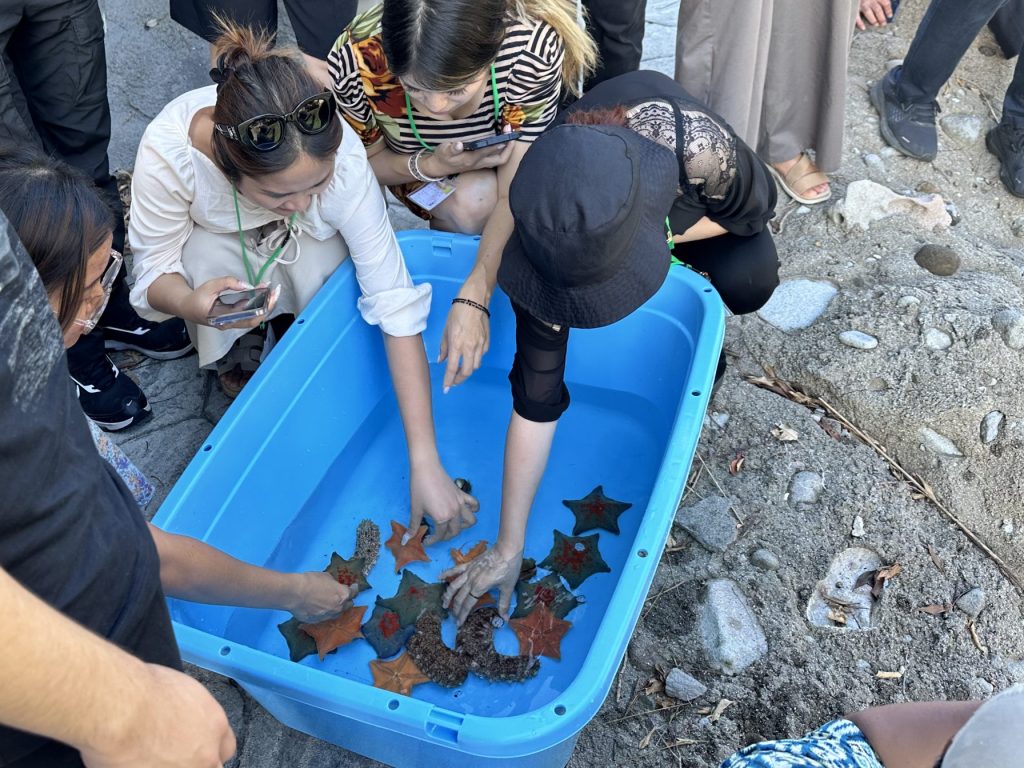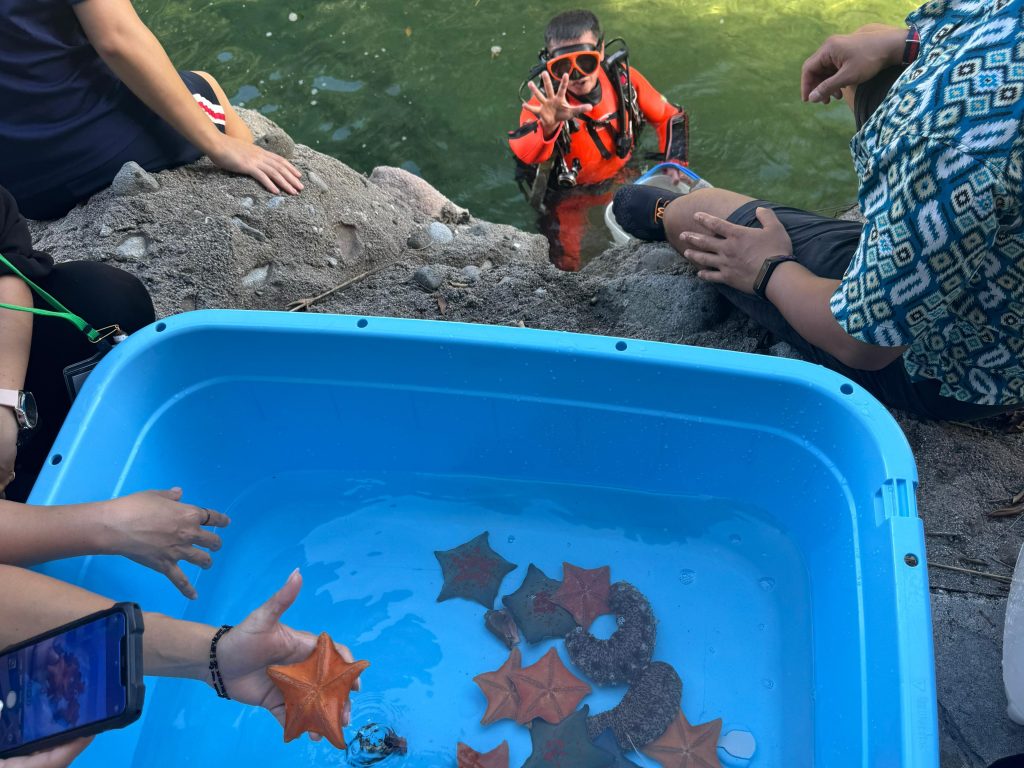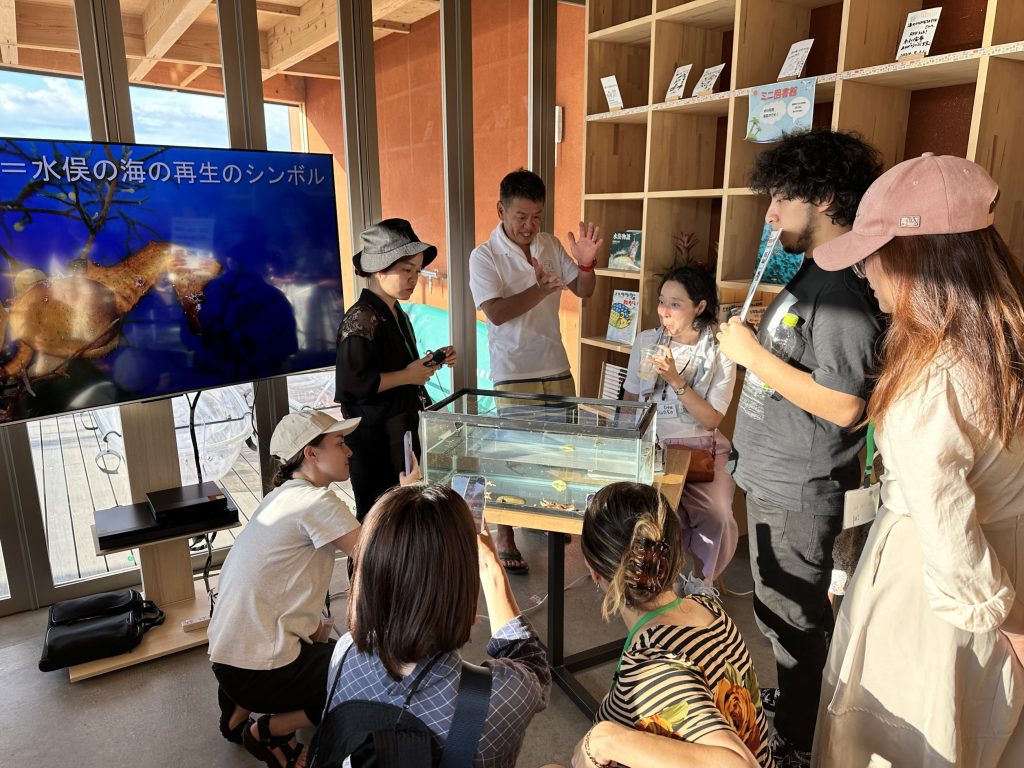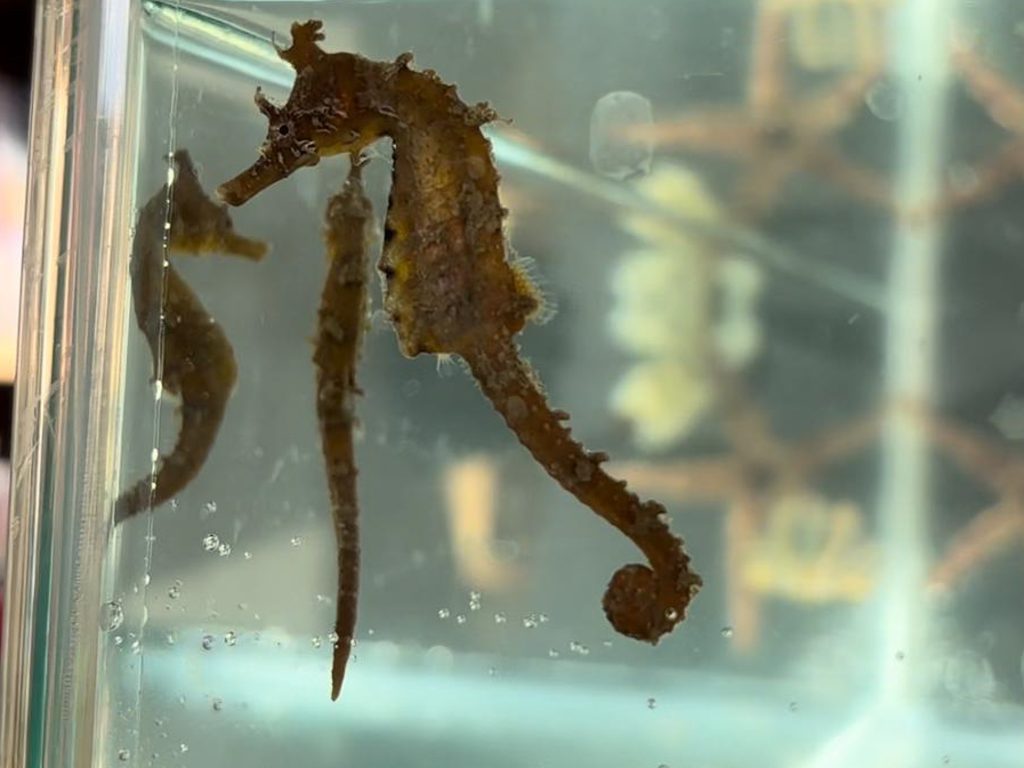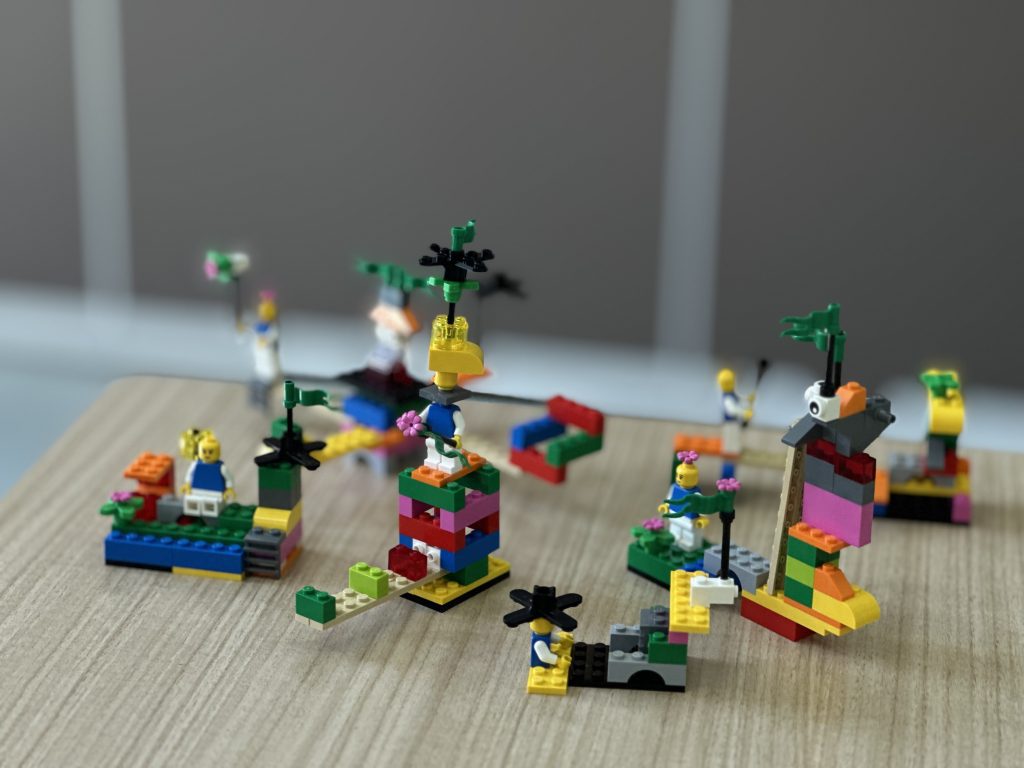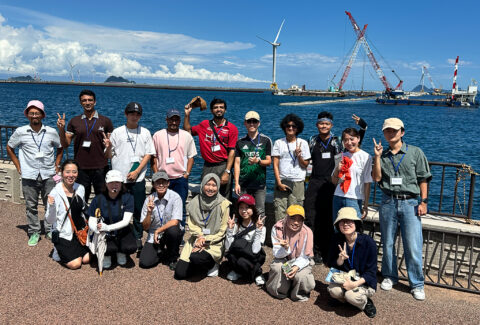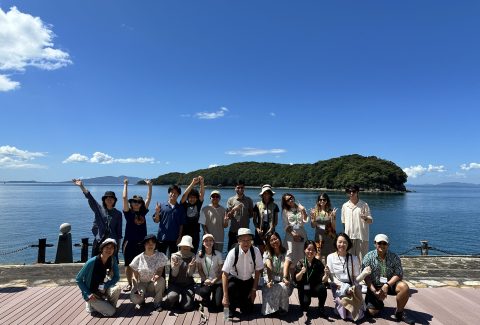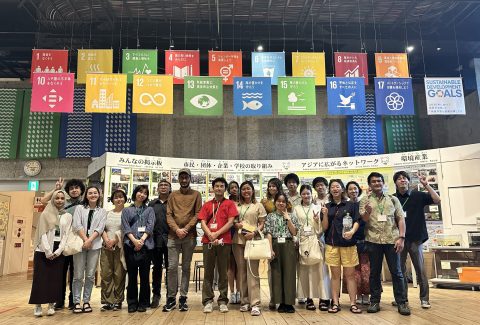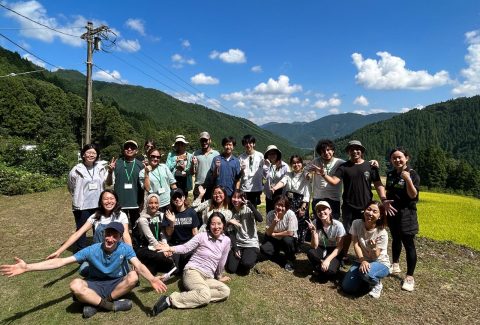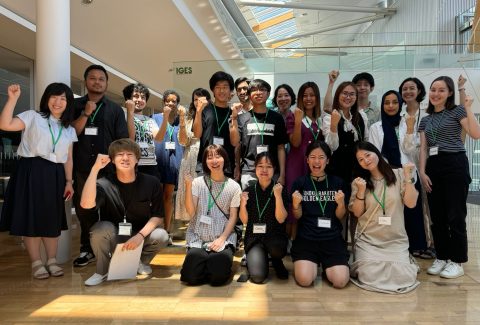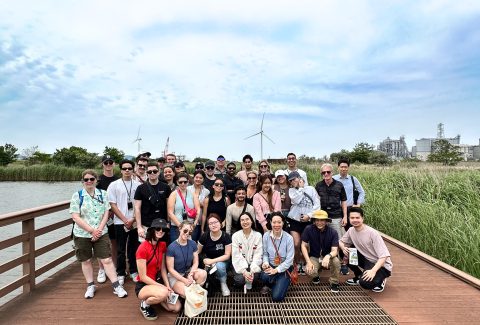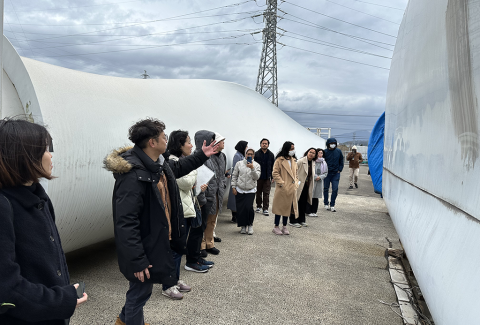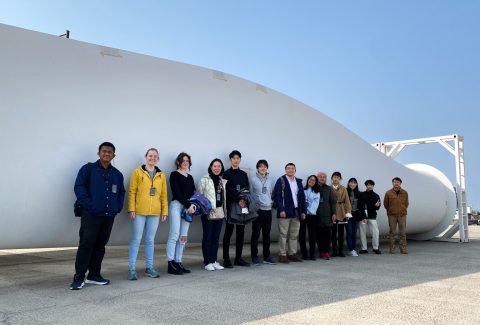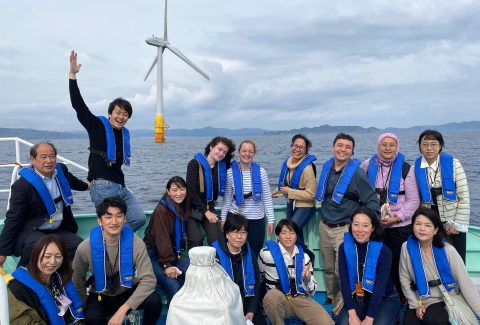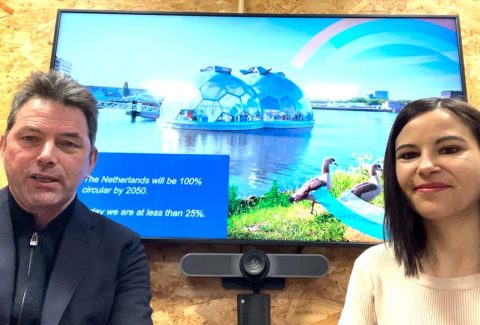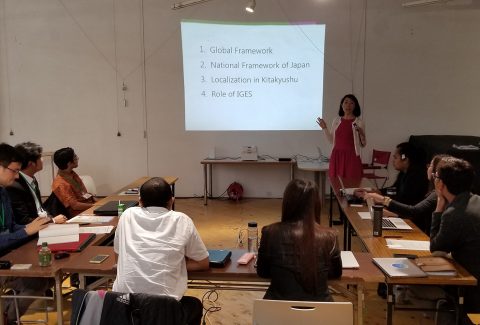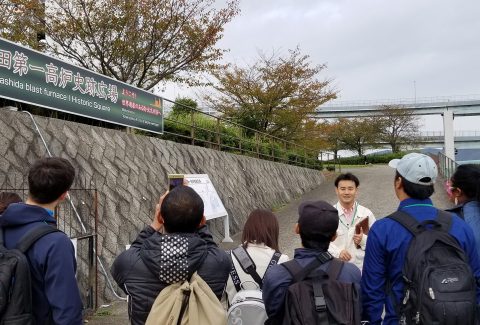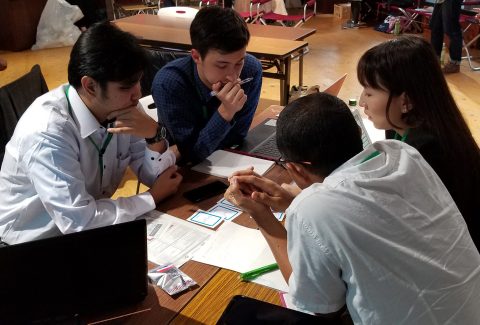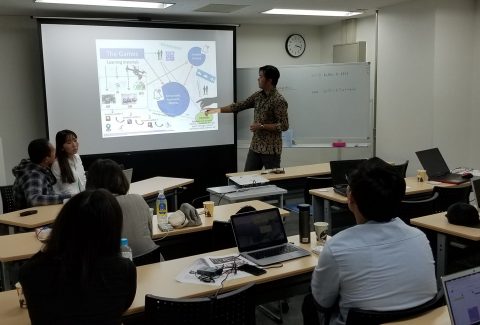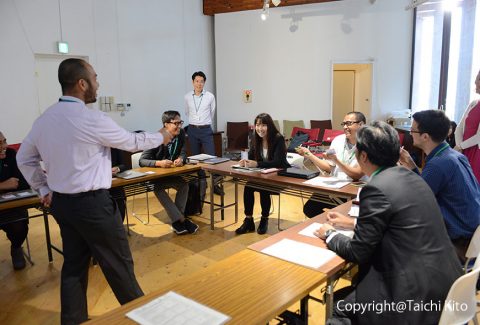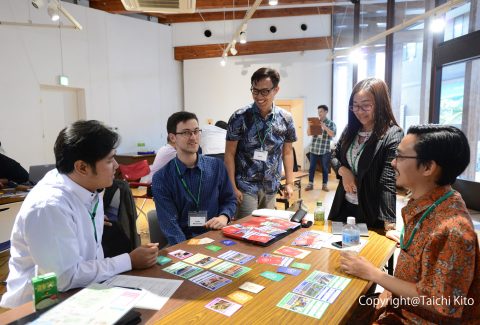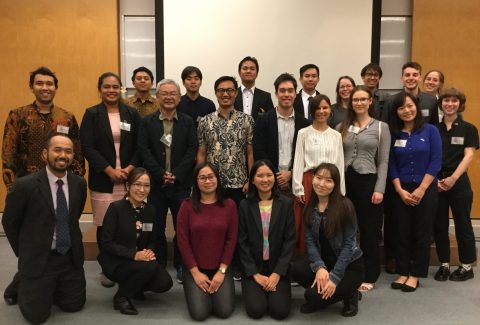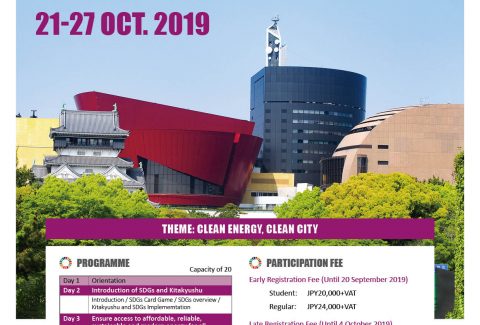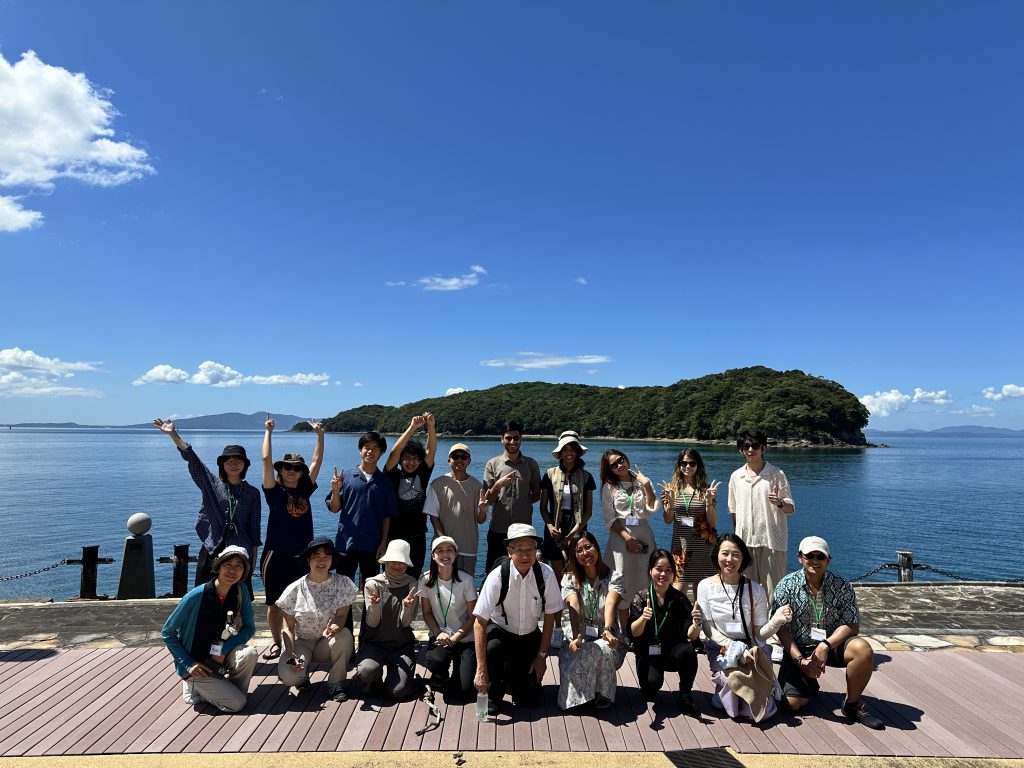
The tragic Minamata Disease is a lesson for the world. Although the first patient developed in the late 1950s, the government didn’t officially recognize its cause, methylmercury from the factory’s wastewater, until the mid-1960s. But we witnessed that once devastated Minamata Bay has become considerably recovered with rich marine life now. The Japanese government, the chemical industry-the primary polluter, which admitted their faults and have been making relief, and the people of Minamata are making joint efforts for environmental and social regeneration.
We, as the SDGs youth warriors, 17 university students from across Japan attended the Sustainable Development Goals (SDGs) program in three SDGs frontier places, the last destination was Minamata. We all took away how crucial science is to environmental management. Considering the willful ignorance of the chemical industry and subsequent disregard of scientific data pertaining to wastewater treatment, the Minamata Disease was inevitable. Learning from this history, we ‘re committed to realize sustainability, balancing between the economy, society.
We had the incredible opportunity to attend a lecture by Dr. Minoru Koga, Director of the Minamata Environmental Academia, a hub for international and regional partnerships and environmental education. It was inspiring to learn how Minamata’s knowledge and wisdom serves as a lesson for creating sustainable communities.

Then we visited Minamata High School, recognized as a Super Global High School Network by the Kumamoto Prefectural Government. The students were excited to share each of their SDG-related activities and exchanged views with us on sustainability, economics, and environmental stewardship.
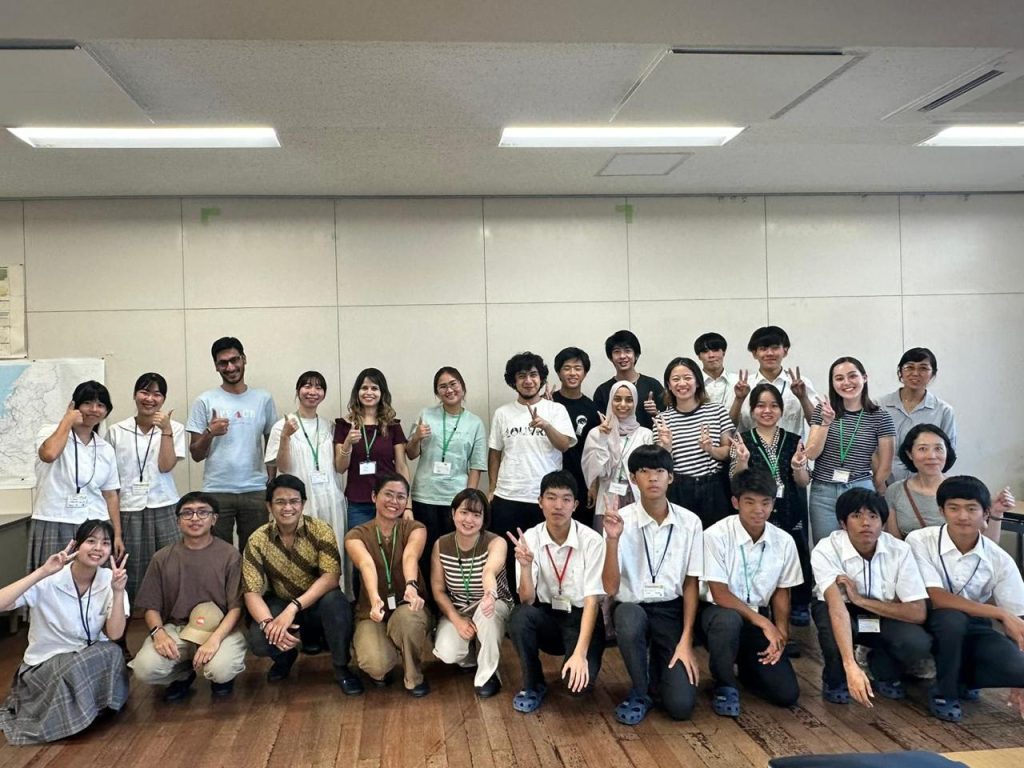
We also visited the Minamata Disease Municipal Museum and the Minamata Disease Archives , where we reflected on the human and environmental impacts, and measures for not repeating this tragedy. These visits reinforced the importance of environmental education and action.
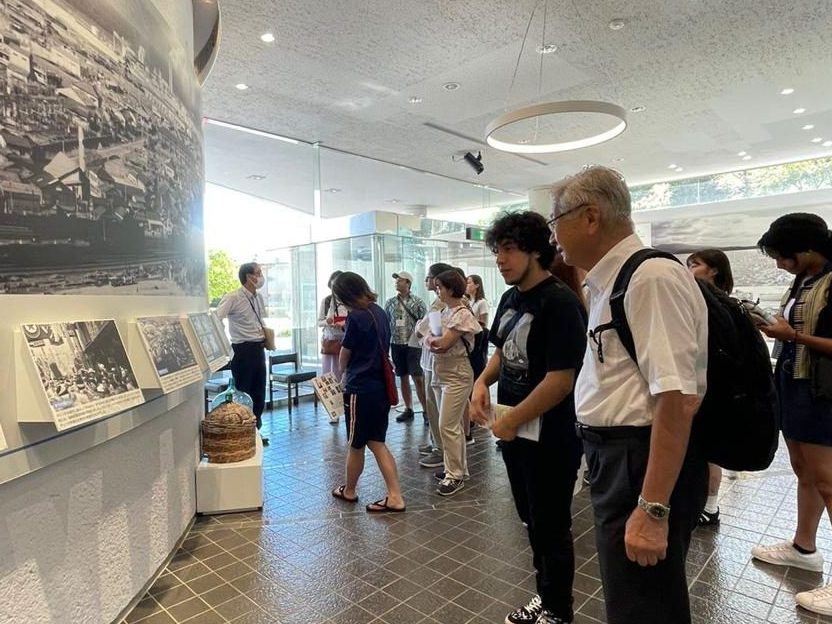
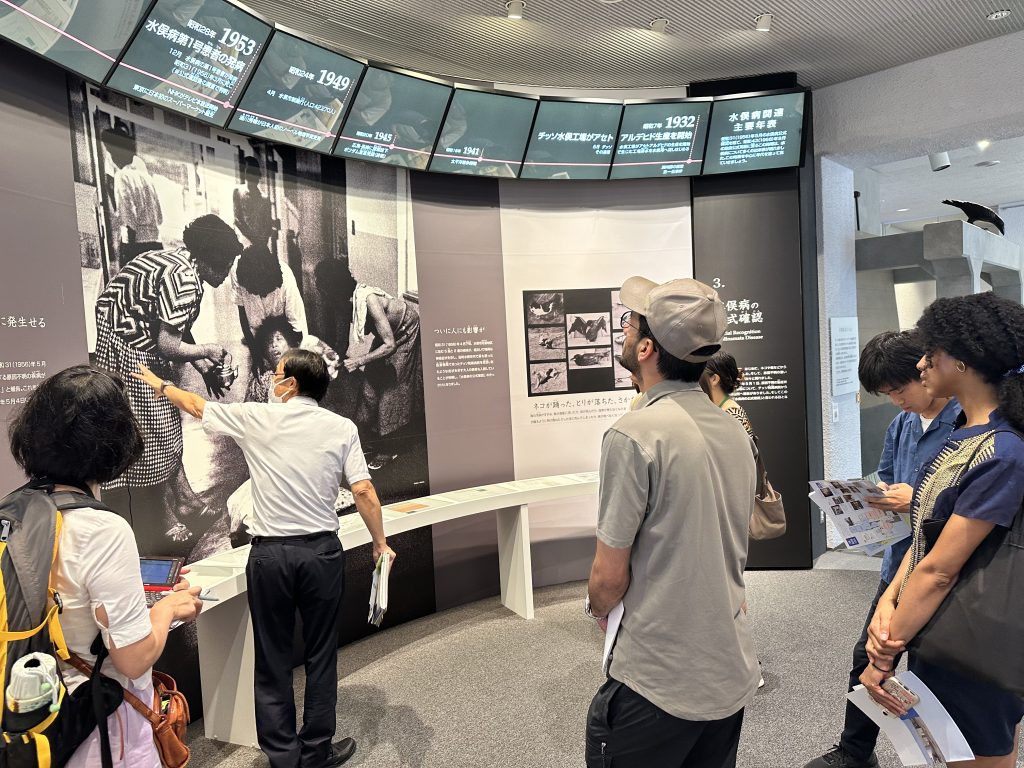
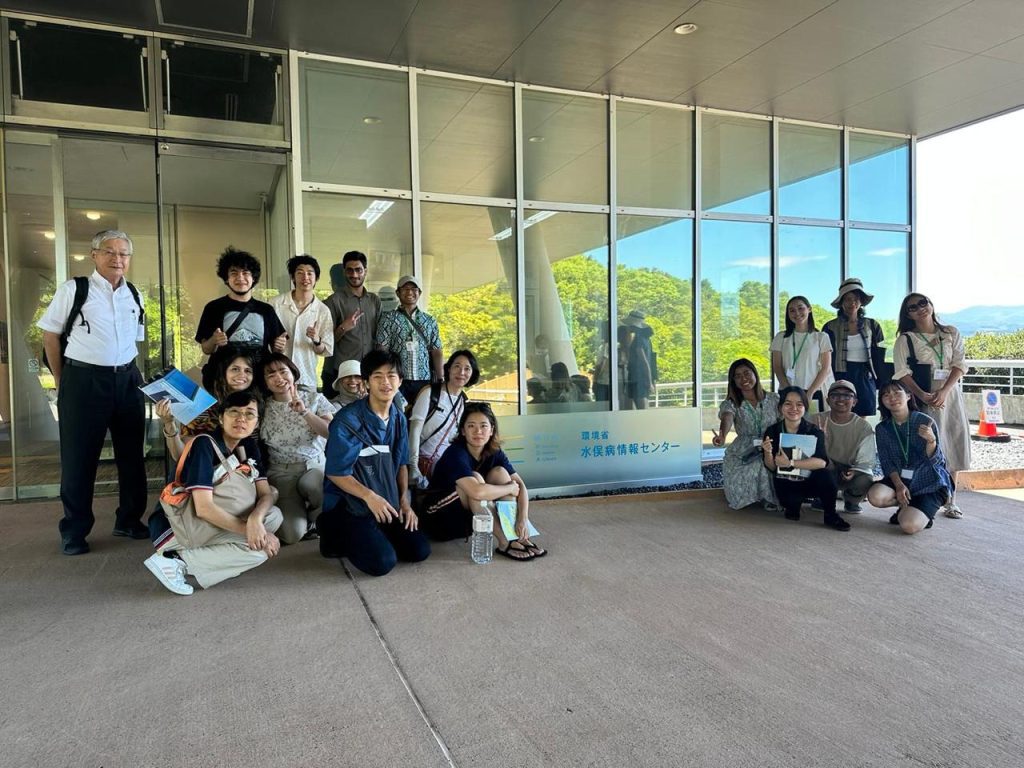

Our trip was filled with eye-opening experiences, including on-site observation of local marine environments such as seahorse at Nagisa-no-koban by a dedicated diver Mr. Makoto Morishita and exploring Yunoko Beach, a testament to the community’s resilience and dedication to environmental recovery. We also enjoyed lunch at scenic Fukuda Farm, and learned about their initiatives of leading the local tourism and creating a positive impression of Minamata via a talk by Mr. Toyoki Fukuda, CEO of the farm.
Using Lego®️ Serious Play®️, we reflected on our take away and identified stakeholders in our fieldwork. We’re excited to apply what we’ve learned to our own environmental efforts!
(Reported by the participants)

